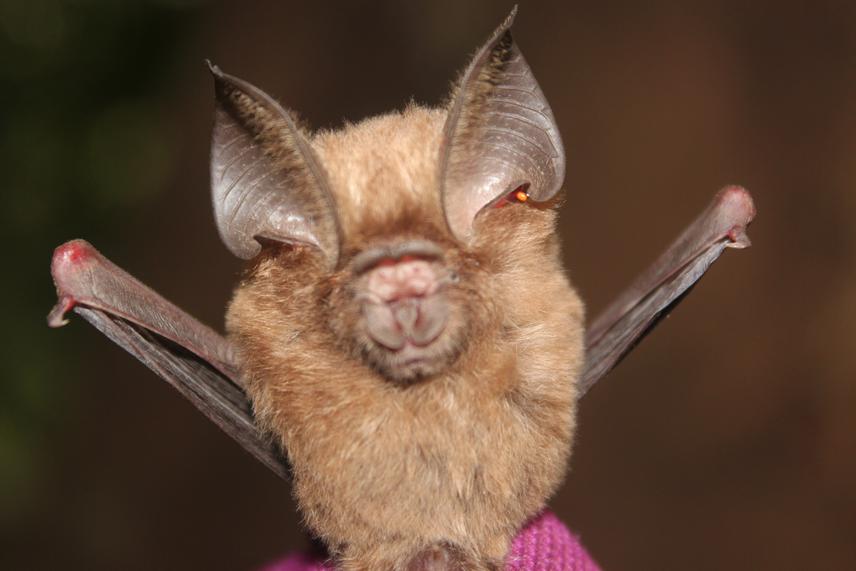Iroro Tanshi
Other projects
28 Mar 2017
Forest Interior Insectivorous Bats on Elevational Gradients: Response to Forest Structure, Species Richness Pattern and Conservation of the Vulnerable H. curtus
Predict roost choice in cave dwelling bats in relation to landscape elements and microclimatic conditions and protect cave bat communities through enlightenment of local community on the ecosystem roles of bats.

Caves provide critical roosting habitats for many bat species worldwide (Altringham, 2011). Microclimatic conditions within caves, as well as structure and dimension determine their occupancy by bats (Twente, 1955; Churchill et al, 1997; Nui et al. 2007). Habitat fragmentation leads to isolation of essential habitat resources. While bats are known to use linear landscape futures like hedgerows and treelines as “landmarks” and commuting routes between foraging resources, it is not known whether such isolation of resources might determine roost choice in cave dwelling bats. Knowledge on the community ecology of cave dwelling bats will help to assess critical habitat for these species in Eastern Nigerian. In addition, the inventory of cave habitats will be increased as most of the sandstone caves in Eastern Nigerian have not been sampled for bats. The Agbogugu area in Anambra State, Eastern Nigeria has a high concentration of sandstone caves with varying size and complexity (Ofomata et al., 1981). Although the area falls within the lowland forest zone, it is highly fragmented, providing a suitable landscape for asking this sort of question. In addition, there is limited knowledge on the bat assemblage in these sandstone caves. Using a set of models, the project will investigate the landscape features in addition to microclimatic conditions that determine roost choice in cave dwelling bats.
Caves are essential habitats and face a lot of threats from human activities like mining. Cave dwelling species are therefore threatened by such activities and in need of protection. In addition, limited public awareness about the ecosystem roles of bats and widespread negative perceptions about bats limit local support and success of conservation efforts. Therefore education of local people is essential.
Objectives
The project objectives include:
1. The project will improve our understanding of landscape factors that determine roost choice in cave dwelling species.
2. Identification of key sites for bats by habitat managers is useful for prioritizing sites for conservation action. The key sites for bats in the Agbogugu sandstone cave area will be identified.
3. Investigate the species diversity in these little explored sandstone caves.
4. The education of local people, especially children (as information multipliers), is crucial for eliminating the misconceptions and negative myths about bats in addition to raising awareness about the ecosystem roles and services of bats.